
Becoming an Emotionally Intelligent Leader in Hospitality
Growing Your Emotional Intelligence as a Leader Means Enhancing Mental Health for You and Your Team Running a business isn’t only about operations—it’s about managing
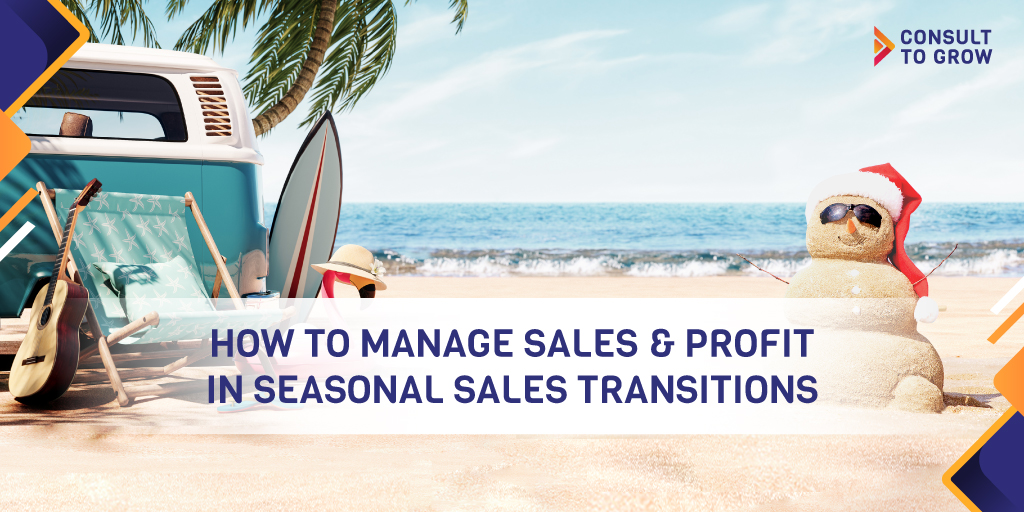
Restaurants that rely heavily on outdoor or seasonal dining typically experience the biggest seasonal sales transitions. Think of restaurants whose customer traffic is driven by tourism, conventions, beachgoers, or sports fans. Operating these restaurants can feel like riding a rollercoaster with management teams often missing sales opportunities at the seasonal peak and losing valuable profit when sales rapidly decline.
If you own seasonal restaurants, you know the thrill of six-figure weeks in the high season. You also know the stress of managing cash in the low season. To maximize sales and profitability during seasonal sales transitions, it is essential that you see the big picture, be proactive, quickly lever up sales in the upswing, and quickly leverage down costs in the downswing.
In the restaurant industry, we like to say: Two good shifts make a good day. Seven good days make a good week. Four good weeks make a good period. The secret to running a great shift is to have the right resources in the right place at the right time. We want to maximize sales at the peak of the shift and minimize costs during the shoulder periods.
Being sales-driven and profit-smart in a seasonal restaurant is similar to running a great shift, but on a much more macro level. You have to zoom out to the big sales picture to get a sense of the seasonal sales trends rather than focusing on daily, weekly, or monthly sales and recent trends.
The image below illustrates weekly sales for a restaurant near the beach. Do you see how sales grow following Valentine’s day into the summer? The sales then spike for big holidays like spring break, Memorial Day, Fourth of July and Labor Day. Sales also trend with the weather. As it gets warmer, sales increase and vice versa. All of these seasonal trends are fairly predictable.
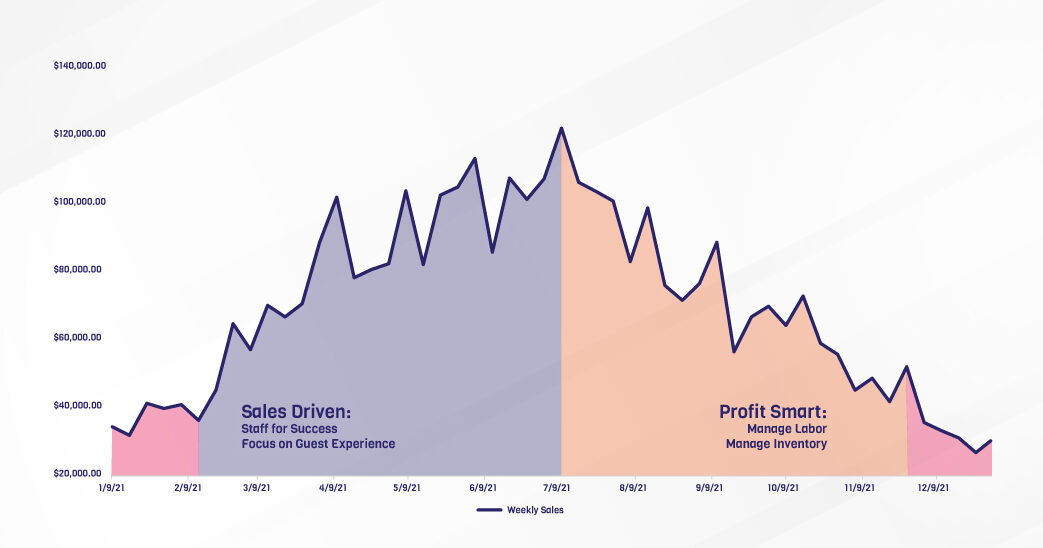
Restaurant managers typically forecast sales using a blend of historical sales data and recent sales trends. If we overfocus on recent trends or focus too much on the current sales volumes, we may miss big sales peaks or low sales valleys. We then find ourselves unprepared to manage restaurants accordingly.
Managers in restaurants with seasonal sales transitions typically focus so much on the day-to-day that they find themselves unprepared for a crisis that could have been avoided. Even restaurants with more subtle sales shifts find themselves being reactive. This is especially true if they aren’t forecasting sales and/or are copying schedules and orders from week to week.
Let’s go back to the example of our beachfront restaurant. Imagine the manager is running solid numbers week-to-week in February but isn’t looking ahead to Spring Break. The manager readies their team a week or so before Spring break, but it’s not enough. The team gets slammed. The restaurant crashes. The result? Customers spill over to neighboring restaurants giving valuable sales (and profit) to neighbors.
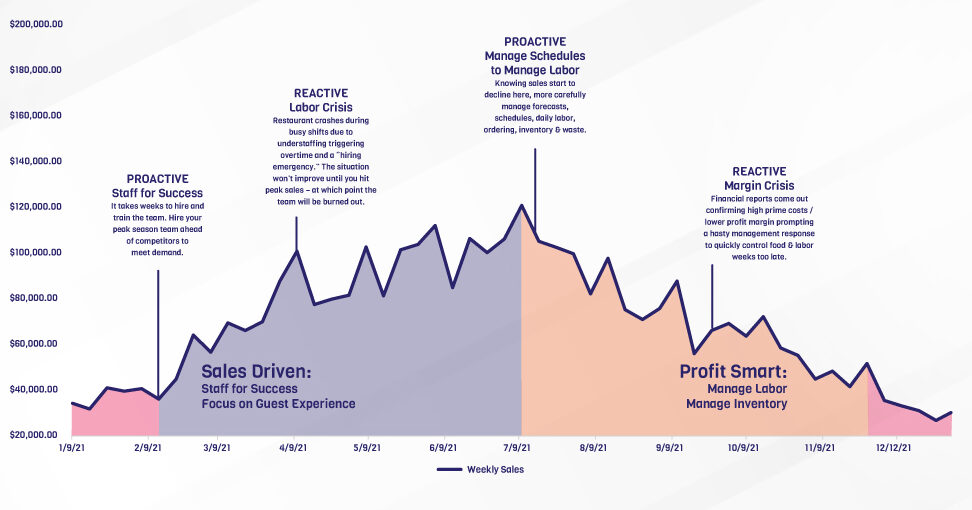
That Memorial Day crash causes the manager to “get serious” about hiring and staffing the restaurant for the summer. The reactive manager is now hiring after competitors have onboarded the best seasonal hires available. The restaurant is staffed by the Fourth of July. However, the team could use more experience. Things go better the weekend of the Fourth, but the reactive manager may not realize Fourth of July is actually the beginning of the seasonal slowdown.
Now, the reactive manager begins the mid-summer sales slowdown with dozens of new team members. These newly trained hires are optimistic about their new job, only to slowly see tips and hours slowly decline. The reactive manager keeps about the same schedule to avoid seasonal burnout. Unfortunately, the manager doesn’t realize food and labor are running high until profit and loss statements come out 3-4 weeks after the period close. Suddenly, they’ve lost profits and have to make dauntingly large cuts to control costs.
For the reactive manager, the roller coaster ride has had more downs than ups. Now, imagine the difference of being proactive rather than reactive would make for the manager, their team, sales, and profit.
What if, around Valentine’s Day, the proactive manager started slowly hiring up to the season? They could move into the summer with the best-of-the-best. Imagine if, around mid-July, the proactive manager started cutting the B players. They then plan the end of the season with a core staff, better-controlling costs, etc. Finally, as sales begin reaching their slowest point in winter, the proactive manager invests in their business. The proactive manager spends time building local relationships through Local Store Marketing in the slow season. They focus on projects, standards, and training their core team in preparation for spring.
Hopefully, you now see how the proactive manager is in the best position to maximize sales and profit no matter the season. More importantly, the quality of life for the proactive manager’s team is undoubtedly much better.
Wouldn’t it be nice if restaurants had the same exact sales and costs every day? Some of our friends in institutional dining have that experience, but most of us have fluctuating sales and costs. Given those fluctuations, it’s important that we understand how to leverage operations to maximize sales and minimize costs.
Leverage sounds like a fancy Private Equity word. For our purposes, let’s define operational leverage as having the right amount of resources (namely labor and food) in place to serve forecasted customers to capture the maximum sales and profit possible.
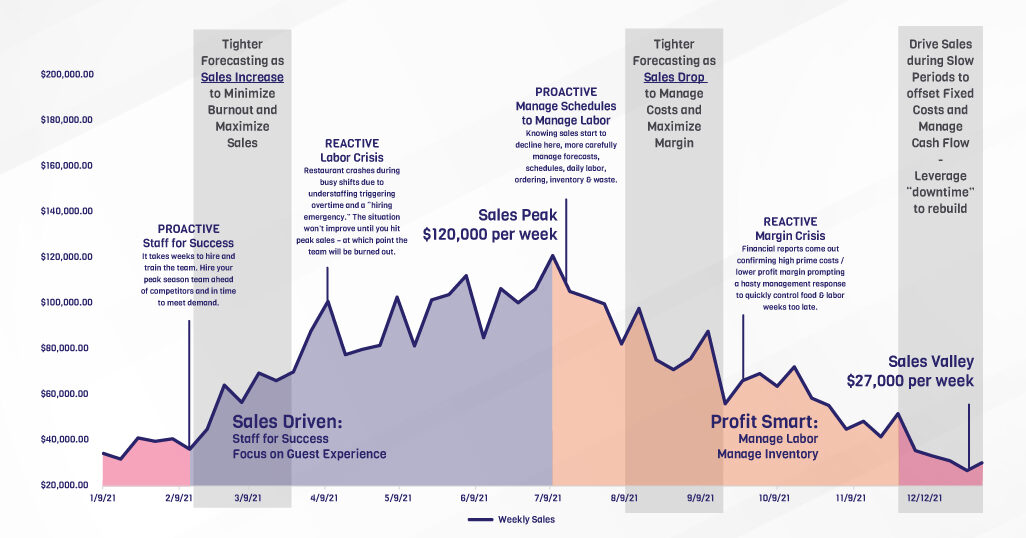
Simply said, I want you to be sales-driven and profit-smart. Be sales driven: don’t cut costs at the expense of getting and keeping paying customers. Be profit smart: don’t spend money that doesn’t serve the business or its customers.
Here are three tips to help you manage your restaurant sales and costs during seasonal sales transitions.
Albert Einstein said that “the definition of insanity is doing the same thing over and over and expecting different results.” Every year, I see owners of restaurants with big seasonal sales transitions struggle to be sales driven and profit smart. Rather than be daunted by the sales swings, see them as an opportunity. If you take a look at the big picture, be proactive, and quickly lever up and down your operations, you can drop a lot of profit to the bottom line very quickly.
Consult to Grow provides various services to help you grow your restaurant business, including grow & scale assessments, quick build 12-month traction plans, and more. You can read through our core service by clicking here. If we can help you in any way, please don’t hesitate to contact us.

Growing Your Emotional Intelligence as a Leader Means Enhancing Mental Health for You and Your Team Running a business isn’t only about operations—it’s about managing
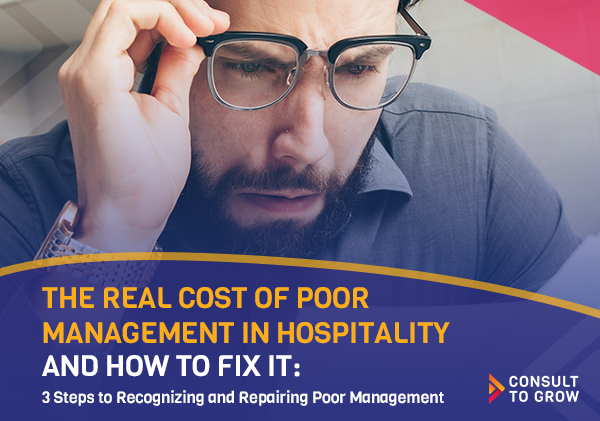
3 Steps to Recognizing and Repairing Poor Management Hospitality isn’t just about serving food, making drinks, or booking rooms—it’s about people. And when management fails
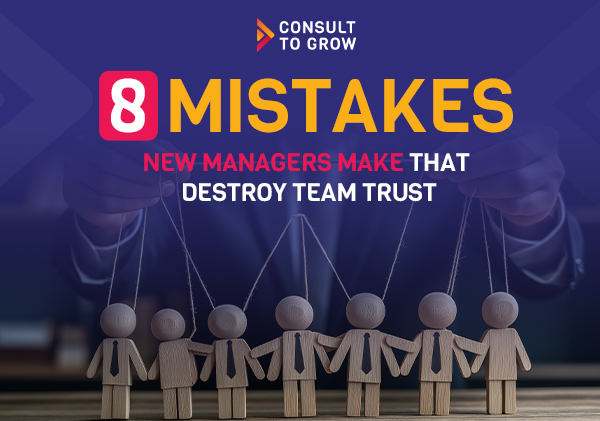
Taking on a role as a new manager is an exciting step. It brings new challenges that allow you to stretch and grow. As a